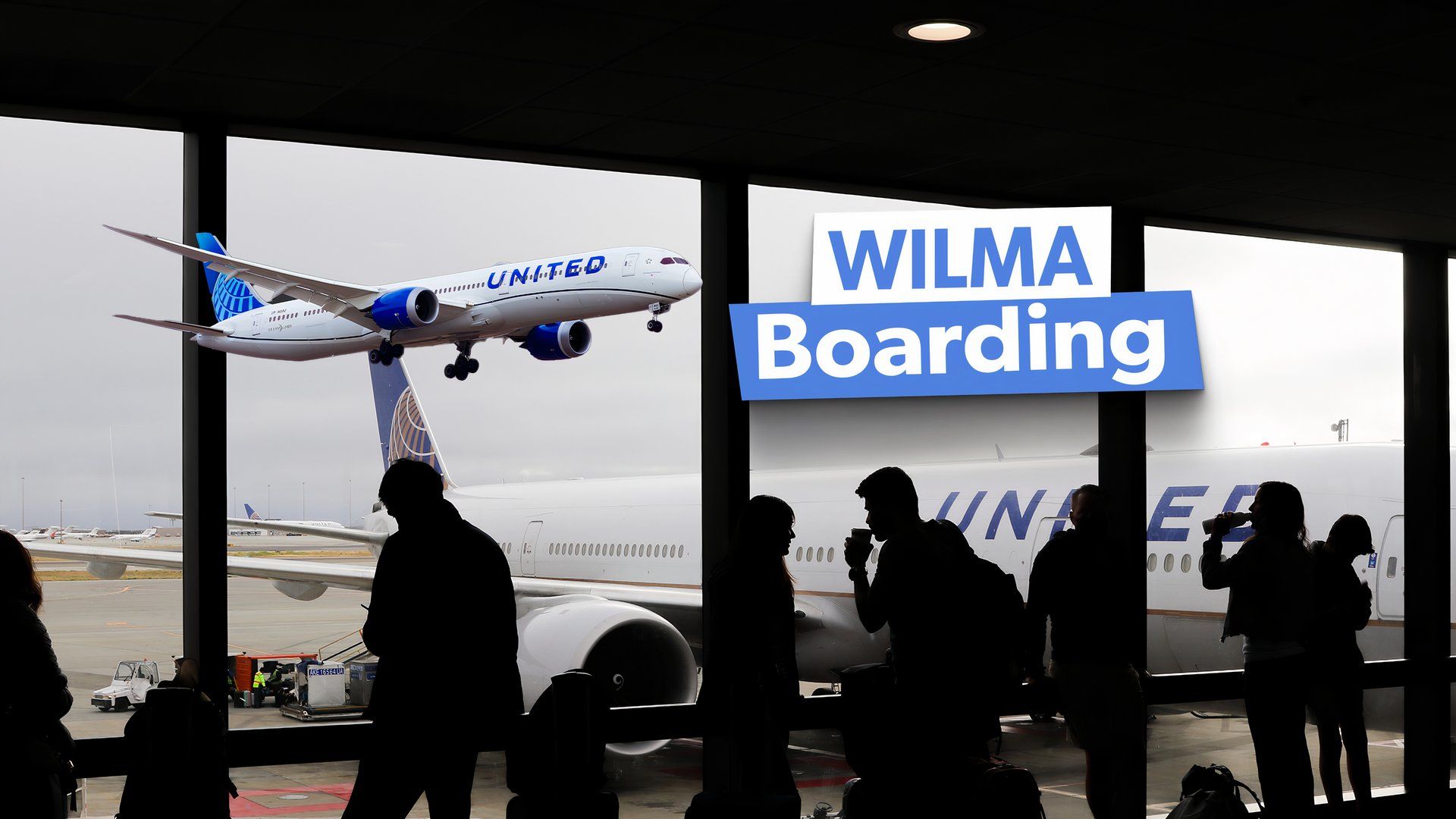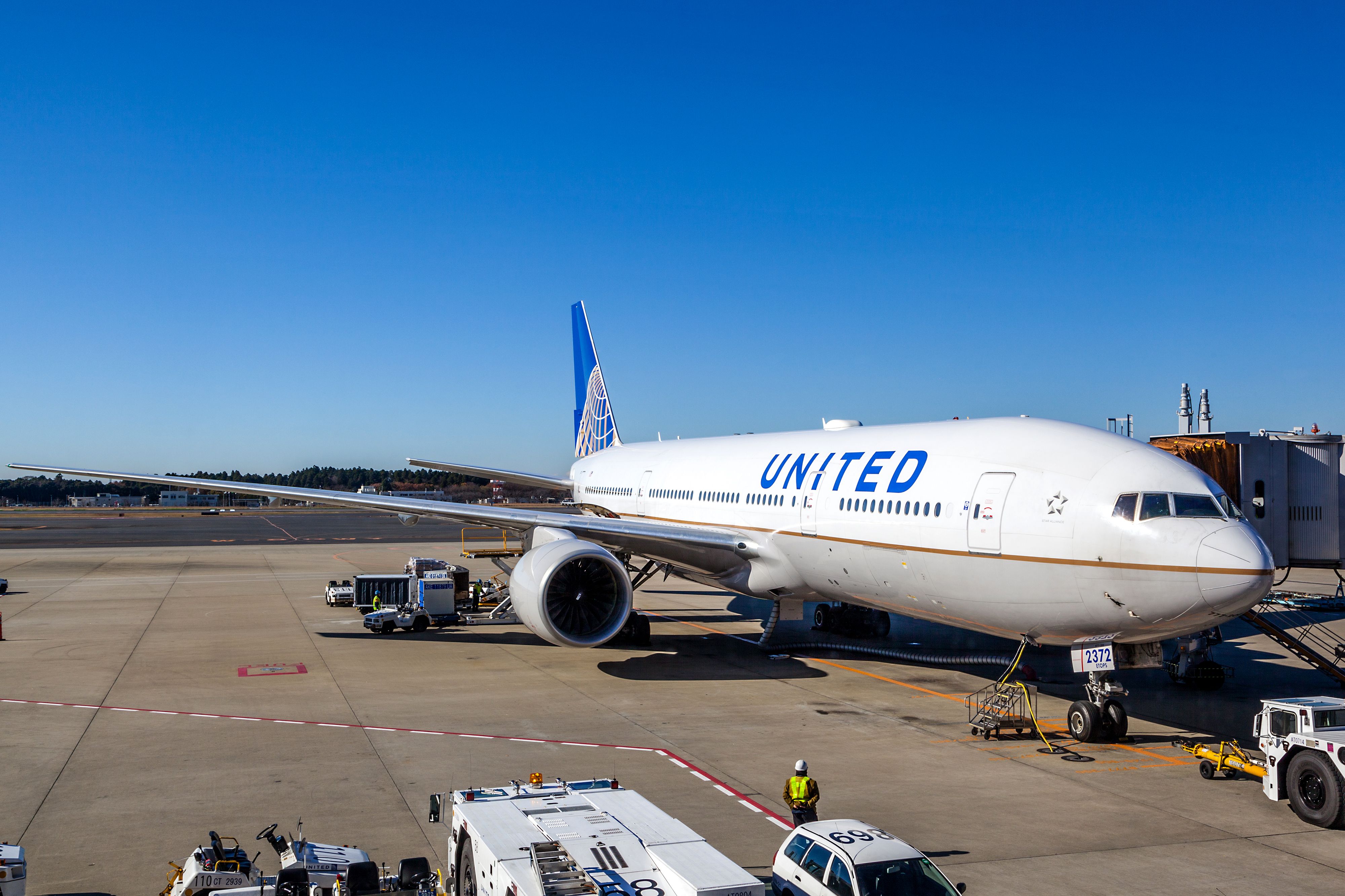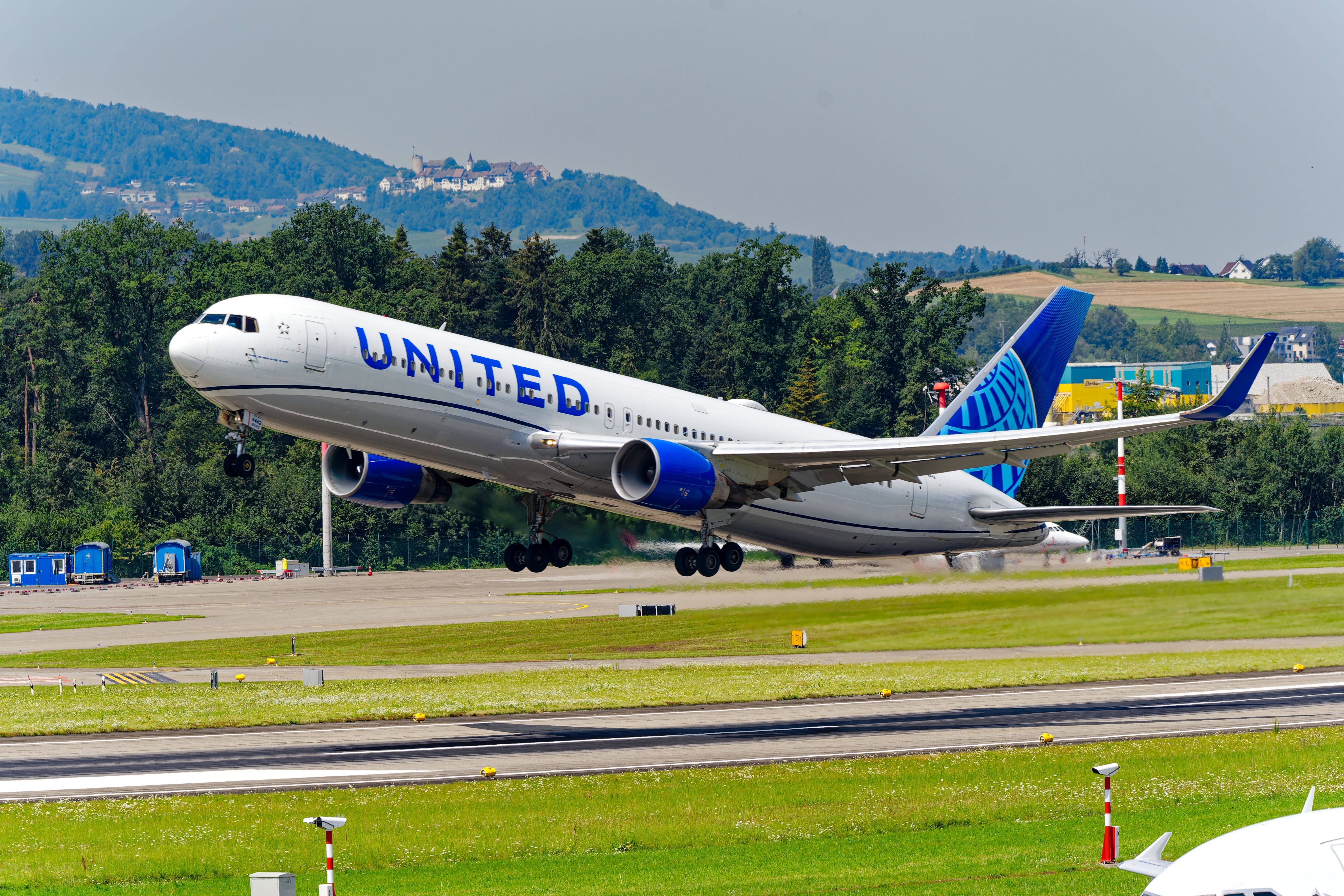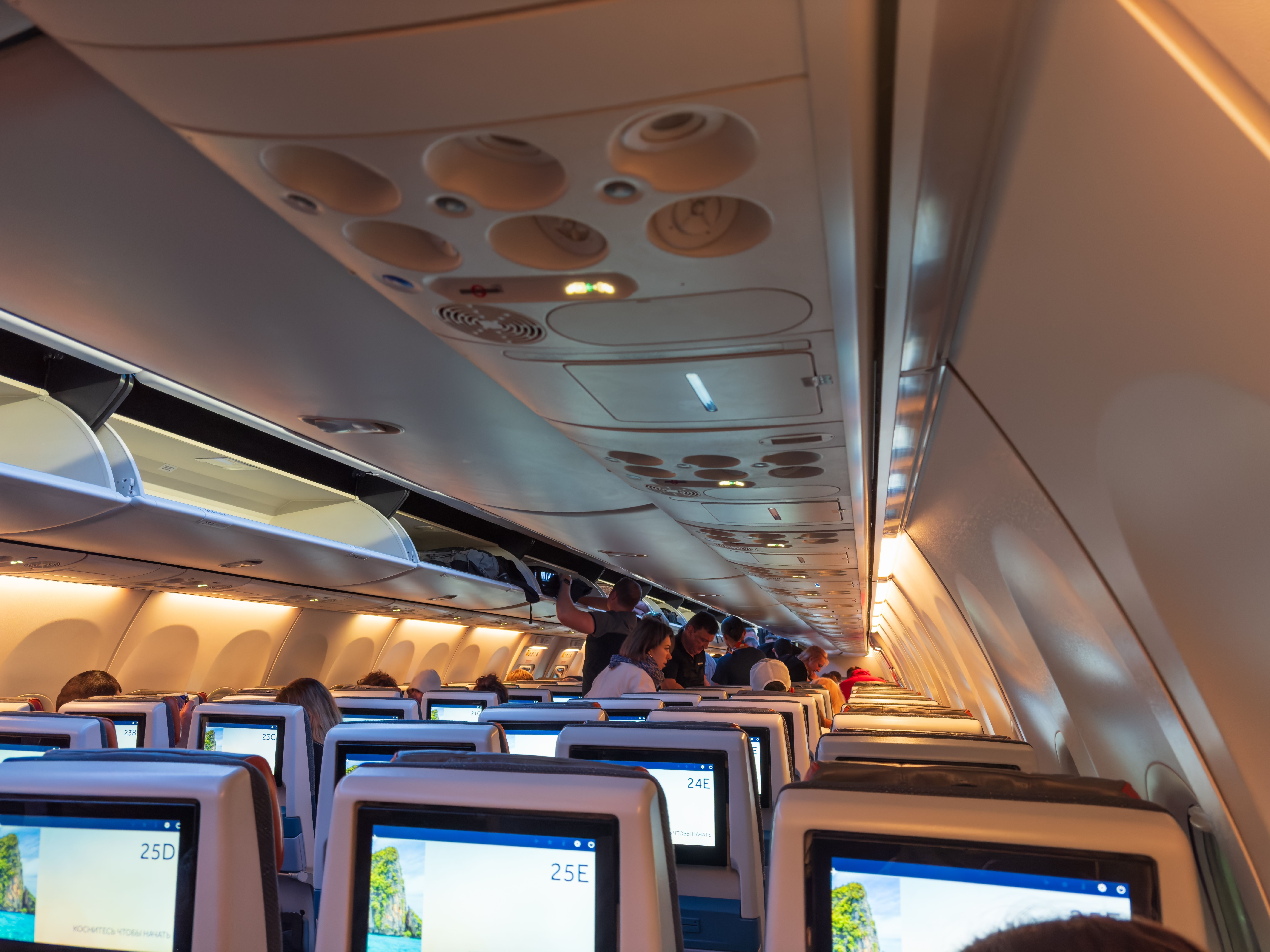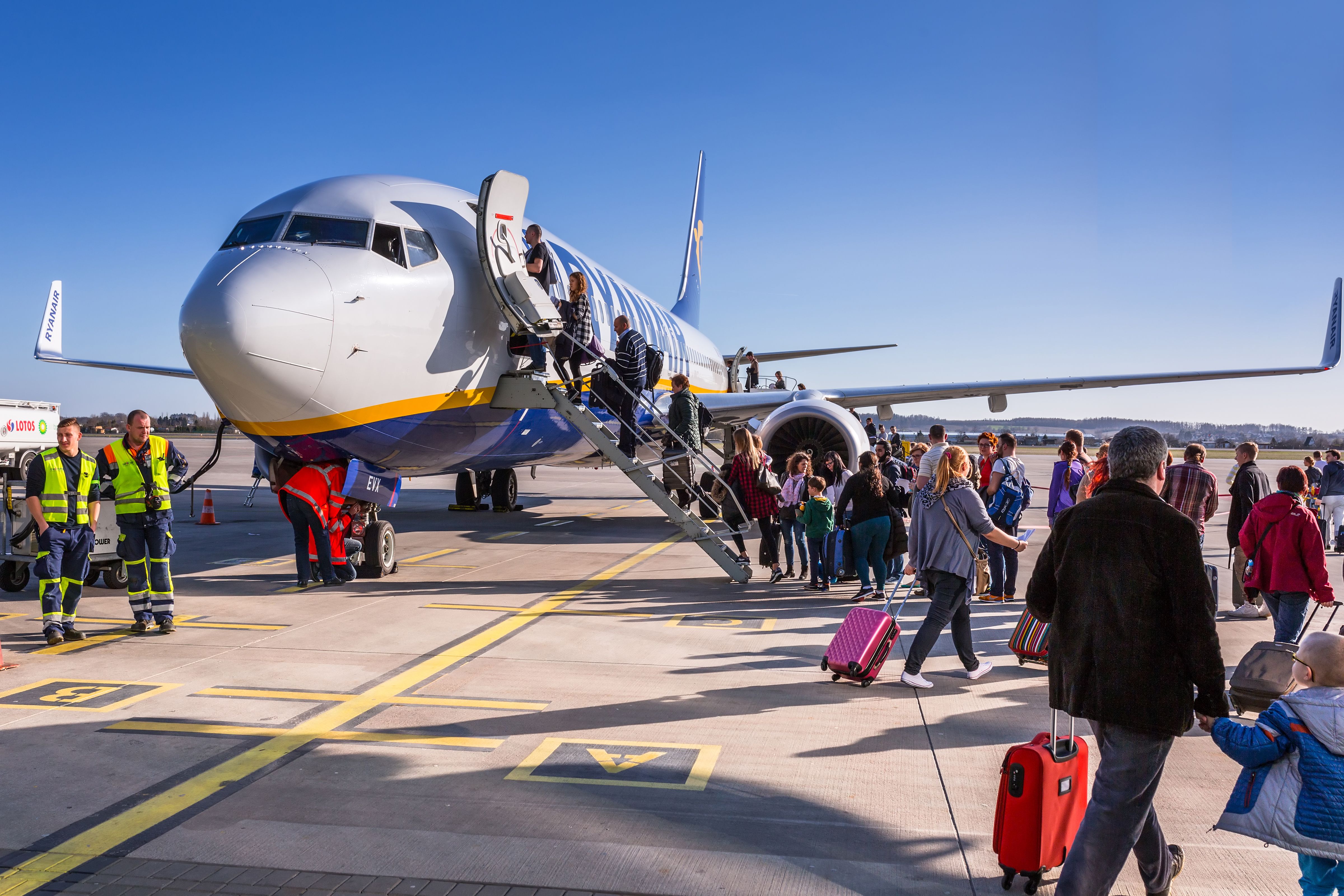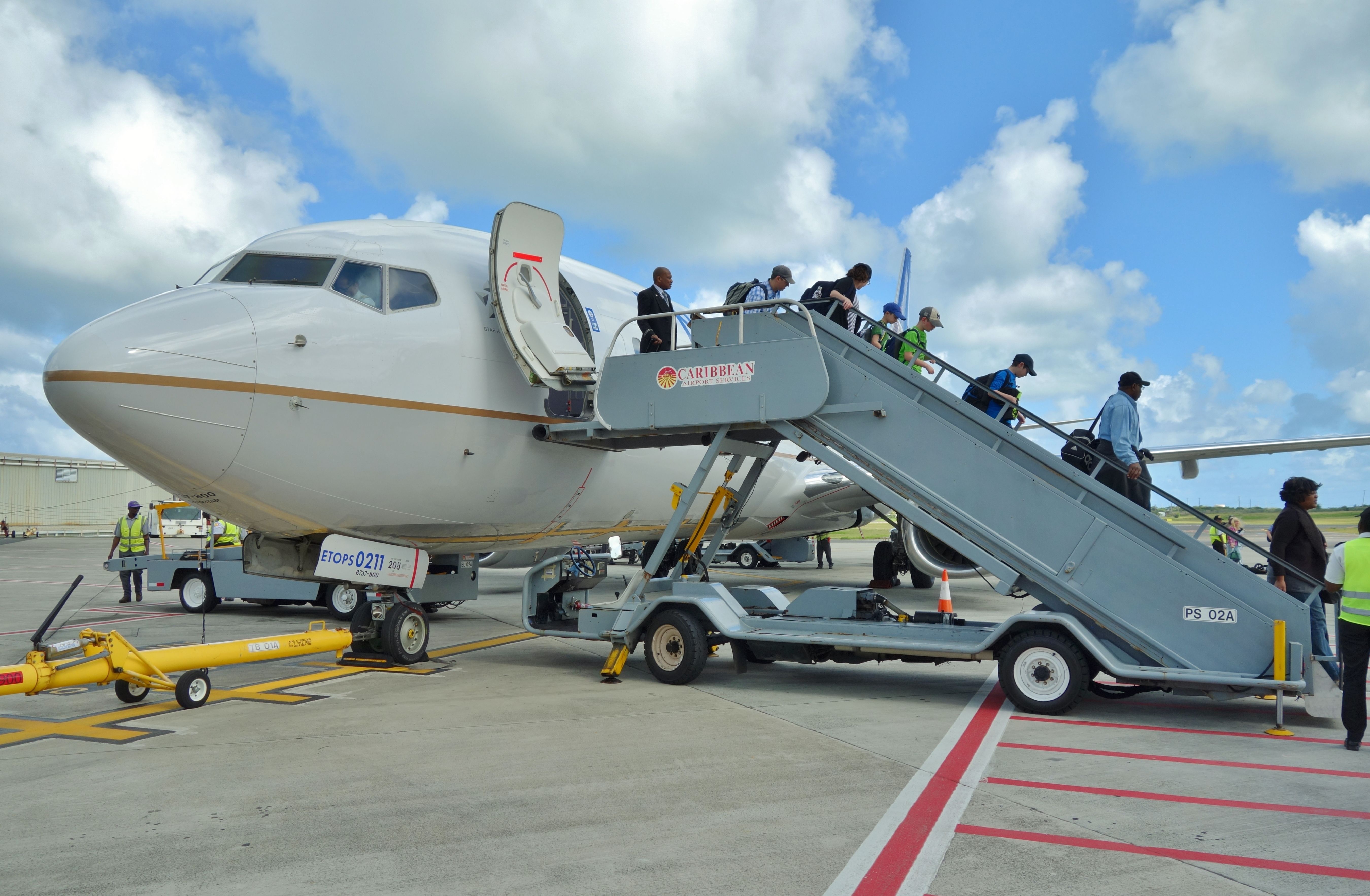The boarding process is one of the more stressful parts of a flight for many passengers and the majority of gate agents. Indeed, ensuring a timely boarding and on-time departure while maintaining the safety and comfort of all passengers is a restless choreography that continually plays out at airports worldwide.
Photo: Ronnie Chua / Shutterstock
When it works well, flights leave on time with mostly satisfied customers. When it works poorly, delays abound, and frustrations escalate. In an attempt to increase efficiency and improve the customer experience, ![]() United Airlines
United Airlines
launched a new boarding method across its network in October 2023. This new boarding system has been termed WILMA and if its implementation is successful, it should help United reduce the time that their airplanes spend at the gate.
Money is made in the air
Airliners are meant to be in the air. When they are on the ground, they cost the airlines large sums of money. Thus, it is in the airlines’ best interest to ensure that their airplanes are turned quickly and back in the air as efficiently as possible. Indeed, it was the ability to rapidly turn planes and get them back in the air that led to remarkable success at 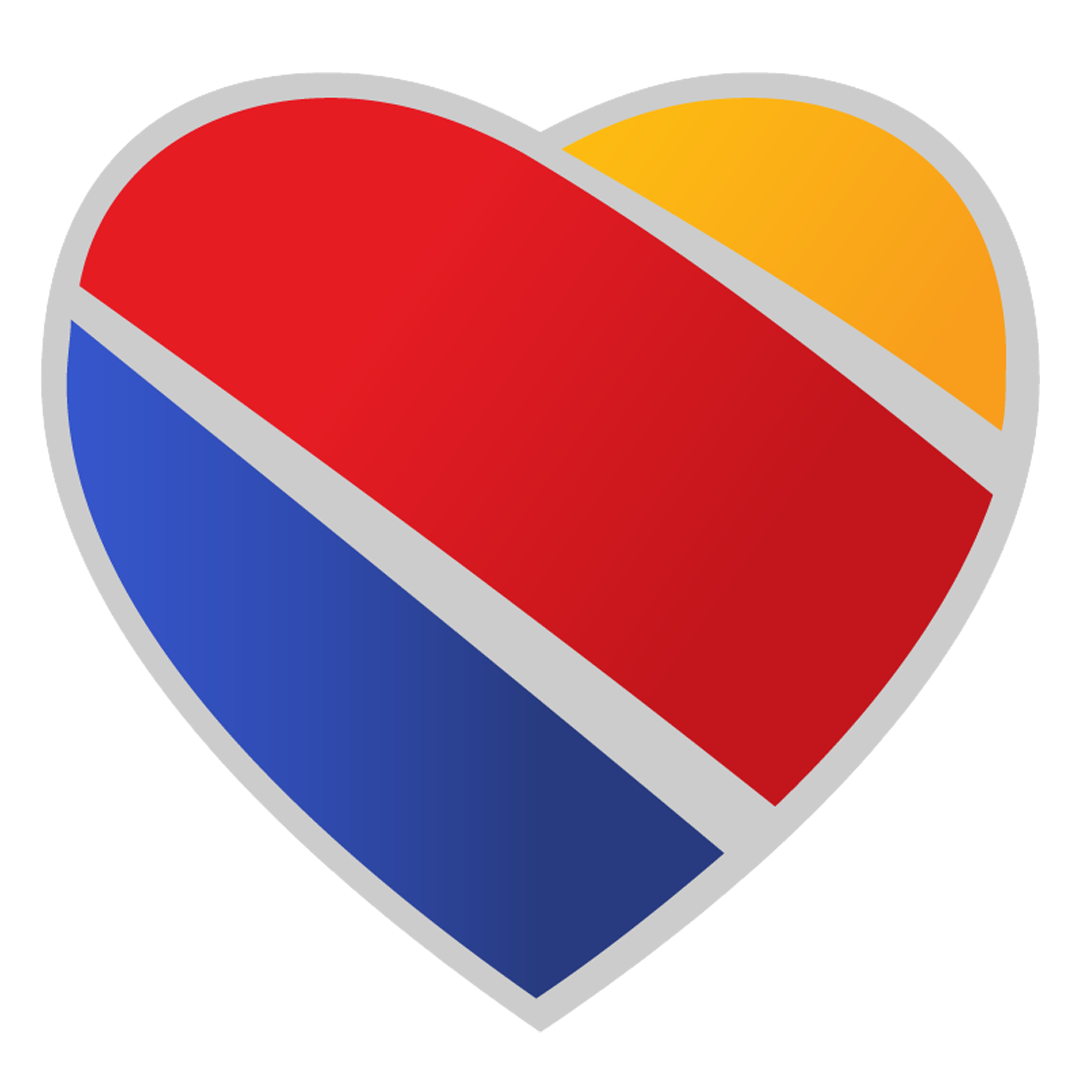 Southwest Airlines
Southwest Airlines
and Ryanair
. The time it takes to board planes can result in significant savings or expenditure for an airline. Forbes remarks:
“Ground time costs airlines an estimated $100 a minute”
Even one or two minutes shaved off the boarding process multiplied over multiple flights and across a vast network as large as United’s can result in massive savings. Of course, there are other factors at play. In a world where offering priority boarding at a price becomes a source of revenue, airlines may be reticent to eliminate revenue sources to speed up the boarding process.
Photo: Michael Derrer Fuchs / Shutterstock
Back-to-front or free-for-all
According to Skypark Secure, the airline’s most common boarding method is the back-to-front method. That is, those seated near the aft end of the cabin are boarded first, with those seated near the front of the cabin boarding last. Of course, the exception to this is that first and business class passengers receive priority boarding before the masses are unleashed into the economy section. Frequent fliers may remember when this method literally meant that passengers were called row by row, beginning with those seated in the rows at the back of the plane. Today, the back-to-front method is still largely utilized with boarding zone variations. Unfortunately, this is also the slowest way to get passengers into their seats and ready for departure.
Photo: MalcStock / Shutterstock
Another method, most often used by budget carriers, is to have no seat assignments at all. Simple Flying discusses this in an article about unallocated seating. In this method, customers may sit where they choose. This way of boarding has been proven to actually save time. However, it runs into problems when aisles become blocked by passengers choosing seats near the front of the aircraft while most travelers are still behind them on the stairs or on the jet bridge. It can also create difficulties for families or other passenger groups wanting to be seated together. As expected, this method is not the most popular method with passengers.
Photo: Patryk Kosmider / Shutterstock
There are variations of these methods utilized by airlines around the globe. Loyalty programs offer early boarding to their frequent fliers and priority boarding is sold to customers, allowing them the opportunity to move up the boarding group chain.
United Airlines utilizes the WILMA method to board its planes
Another method that has yet to be noted here is titled WILMA. According to KCRW, it stands for Window, Middle, and Aisle. In this method, those seated near the window are allowed to board first, followed by those seated in the middle seats. Finally, passengers with seat assignments next to the aisle are boarded last. According to ABC news, this is the method United has chosen to implement across its network. In testing, it promised to reduce boarding times by up to two minutes, which, as previously mentioned, can save the airline millions of dollars.
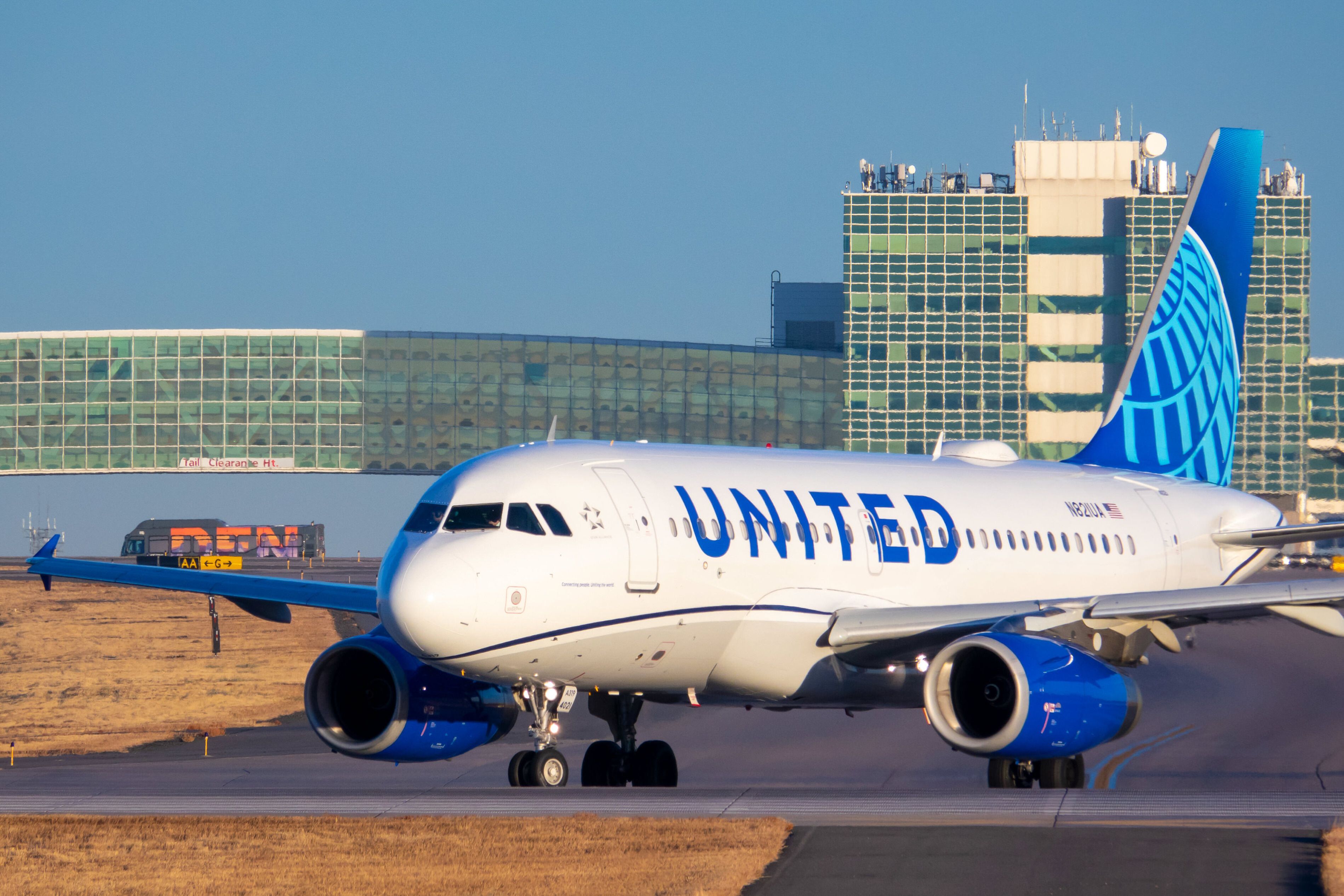
Related
Window Seats First: United Airlines Wants To Cut 2 Minutes From Boarding Times
The airline is introducing a new boarding group to allow those in window and middle seats to board before passengers sitting in the aisle.
At United Airlines, first and business class customers in boarding Groups 1 and 2 are the first to enter the plane. Boarding Group 3 is retained for those passengers with a seat assignment by a window. This is followed by boarding Group 4, allowing customers seated in the dreaded middle seats to board next. They are followed by boarding Group 5, which permits passengers assigned an aisle seat to board before those customers traveling on a Basic Economy fare in Group 6. If all works well, jams in the aisle and other boarding delays are minimized. Customers assigned an aisle seat may find a little consolation that while they may have to board the plane a little later, they should be able to deplane quicker upon arrival at the destination.
Photo: EQRoy / Shutterstock
Has it worked?
While multiple factors play into flights leaving the gate as scheduled, United’s use of the WILMA boarding method may have helped the airline improve its on-time performance. Since implementing this method in 2023, Cirium data indicates that United Airlines has seen improvements in its on-time performance. According to OAG, in October 2024, United was in third place behind Avelo Airlines and Delta Air Lines.
|
Airline |
OTP Rank |
On-Time Performance |
|---|---|---|
|
Avelo Airlines |
1 |
92.16% |
|
Delta Air Lines |
2 |
89.93% |
|
United Airlines |
3 |
87.46% |
|
Hawaiian Airlines |
4 |
86.93% |
|
American Airlines |
5 |
85.7% |
However, if one ignores the CrowdStrike meltdown, as analyzed by Simple Flying in a September 2024 article, ![]() Delta Air Lines
Delta Air Lines
continues to lead the big three in North America. United may still have a lesson or two to learn from its competitors.
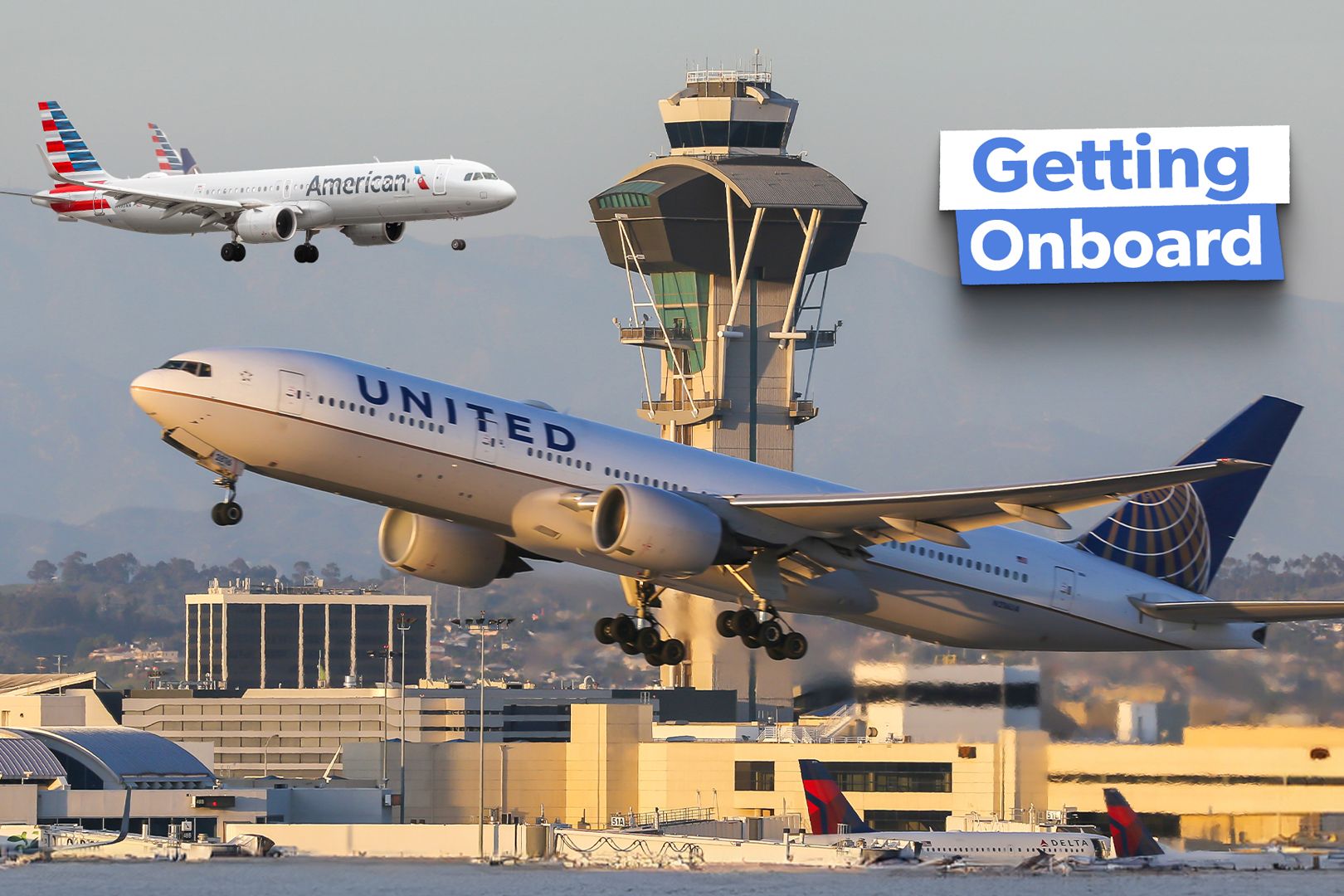
Related
American, Delta & United: How Do Boarding Groups Compare At The ‘Big Three’ US Airlines?
Everything from preboarding, to priority boarding and all the boarding groups and zones.
A perfect world
In a perfect world, there is a better boarding system named after its founder, astrophysicist Jason Steffan. The Steffan method boards passengers back-to-front, out-to-in, and by alternating rows. Scientific American noted that this method can potentially reduce boarding times considerably. However, it does not account for the realities of a non-perfect world, such as passengers and families seated in groups, passengers not following instructions, or customers arriving at the gate late. By choosing the WILMA boarding process, United has attempted to utilize a boarding method that is quicker than back-to-front boarding zones and better fitted to adjust to the complexities of air travel in a less-than-perfect world. Customer sentiment is mixed on this topic, but at the very least, it appears that United’s planes are being boarded a little bit quicker.
The airline industry is continually seeking new ways to gain efficiencies. At United, one way to make these improvements was to change the boarding process. Implementing WILMA across the airline’s network seems to have improved United’s on-time performance. However, if the airline truly desires to outpace its competitors, the data suggests that more could still be done.
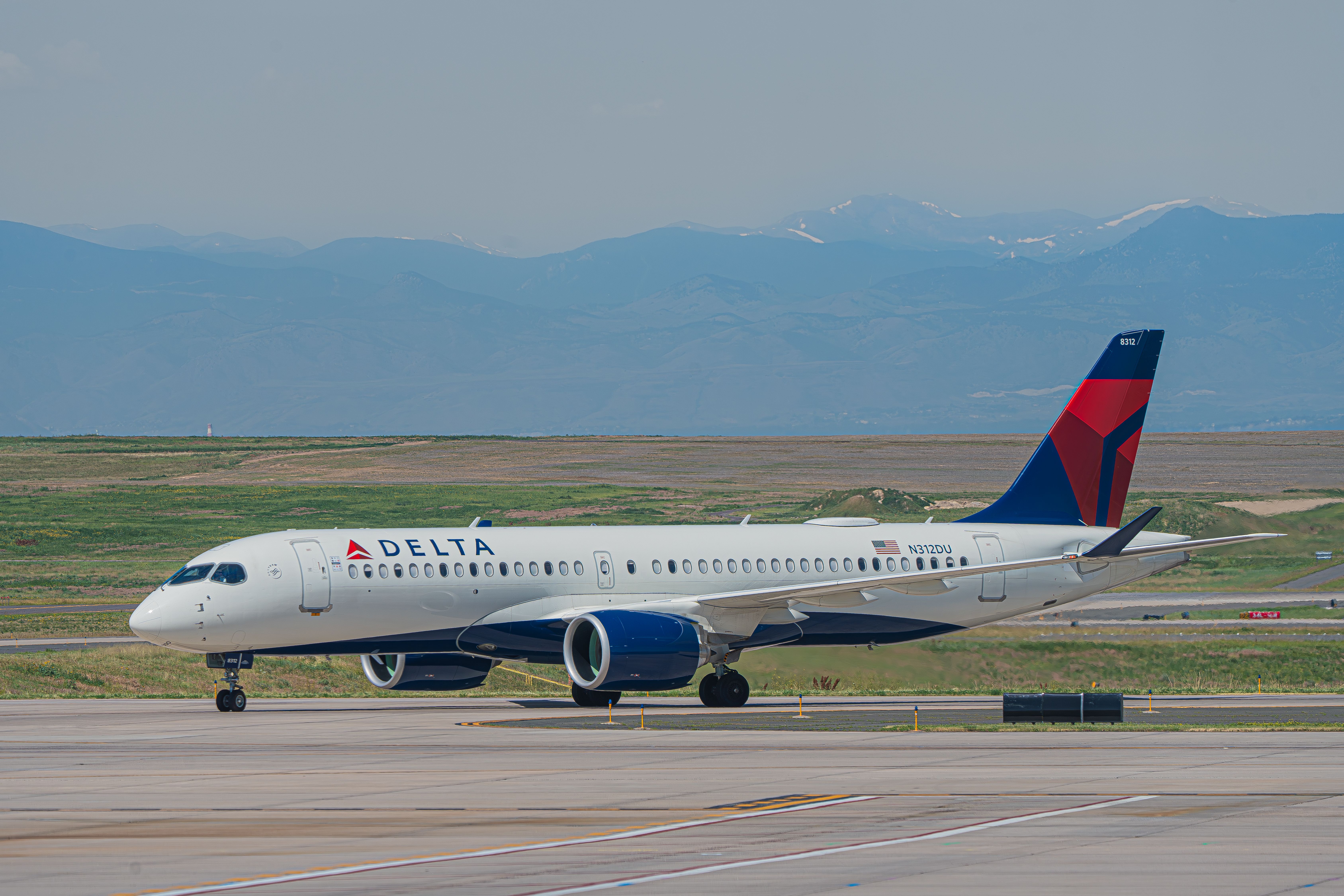
Related
Delta Air Lines Streamlines Boarding Process With New System
The new system switches to numbers instead of names.

